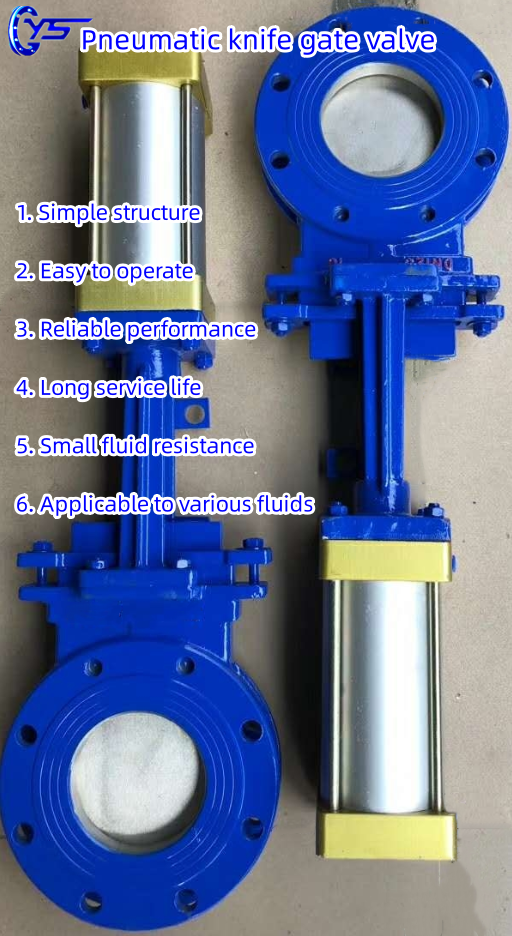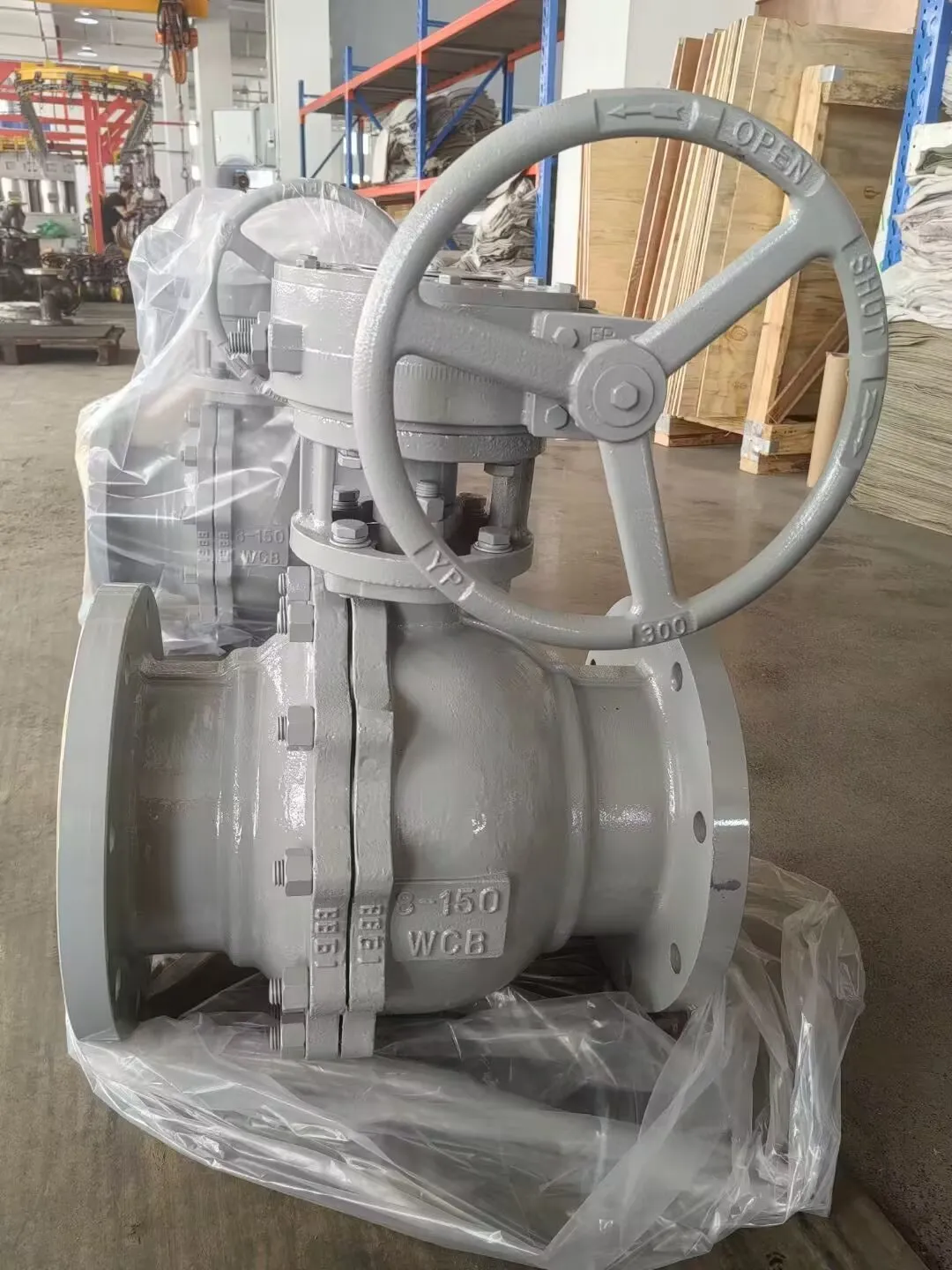Durable 4 Inch Weld Neck Flange High Strength & Leak-Proof
- Introduction to weld neck flange fundamentals
- Technical specifications and performance data
- Material composition analysis: C70600 nickel-copper alloy
- Industry manufacturer comparative analysis
- Size customization for 8-inch industrial applications
- ASME B16.5 standard compliance implementation
- Installation procedures and maintenance insights

(4 weld neck flange)
Understanding 4 Weld Neck Flange Fundamentals
Weld neck flanges feature a tapered hub for smooth stress distribution, critical for high-pressure systems. The 4-inch variant serves as the industry workhorse across chemical processing and power generation sectors. These components outperform slip-on alternatives with 30% greater pressure tolerance at extreme temperatures up to 1200°F.
Proper weld neck installation requires precise bevel angles (37.5° ± 2.5°) and root gap specifications. Recent industry studies demonstrate optimized flange designs reduce pipeline failure rates by 18% in cryogenic applications. Material thickness variations directly impact pressure ratings - a 0.125-inch increase boosts working pressure capacity by 800 PSI.
Technical Specifications and Performance Data
Pressure-temperature ratings vary significantly by material grade. Standard carbon steel flanges maintain integrity up to 850°F, while nickel alloys extend operational range beyond 1200°F. Critical metrics include:
- Hydrostatic test pressures: 1.5 times rated working pressure
- Maximum allowed stress values: 20,000 PSI for ASTM A105
- Brinell hardness requirements: 187 max for NACE MR0175 compliance
- Surface roughness: 125-250 microinches for optimal gasket sealing
Dimensional tolerances follow strict ASME guidelines - flange face flatness must not exceed 0.015" across any diameter. Testing protocols mandate 100% radiographic examination for nuclear applications per ASME Section III requirements.
C70600 Nickel-Copper Alloy Composition Analysis
C70600 alloy weld neck flanges contain 88-90% copper, 9-11% nickel, and 1.5% max iron. This composition delivers seawater corrosion resistance rates below 0.05 mm/year - 12 times lower than carbon steel alternatives. The material maintains impact toughness down to -320°F, making it ideal for LNG transfer systems.
Material certification requires full traceability to mill test reports with chemical analysis verification. Heat treatment involves solution annealing at 1600-1750°F followed by water quenching to achieve optimal grain structure. The table below compares corrosion performance:
| Material | Seawater Corrosion Rate (mm/year) | Max Operating Temp (°F) | Chloride Stress Corrosion Threshold |
|---|---|---|---|
| C70600 | 0.02-0.04 | 750 | Unlimited |
| 316 Stainless | 0.10-0.50 | 900 | 60 ppm |
| Carbon Steel | 0.50-1.20 | 750 | N/A |
Manufacturer Comparative Analysis
Leading manufacturers differentiate through proprietary manufacturing techniques. North American producers typically offer shorter lead times for 8-inch ASME B16.5 flanges compared to overseas suppliers. Quality certification variances significantly impact performance:
| Manufacturer | ASME Certification | Maximum Size Range | Pressure Rating | Lead Time (Weeks) |
|---|---|---|---|---|
| Sigma Thermal | Section VIII Div.1 | 1/2" to 24" | Class 900 | 4 |
| Texas Flange | B31.3 Process Piping | 1" to 60" | Class 2500 | 6 |
| Metal Udyog | ISO 9001:2015 | 2" to 48" | Class 1500 | 10 |
Performance testing reveals Sigma Thermal flanges withstand 15% higher cyclic pressure loads. Surface finish standards vary considerably - measured Ra values range from 125 to 500 microinches across manufacturers.
Customization for 8-Inch Industrial Applications
Large-scale piping systems require 8-inch weld neck flanges with bore adaptations for flow optimization. Custom bore diameters maintain tolerances within ±0.005 inches while reducing pressure drop by up to 22%. Common modifications include:
- Integral reinforcement pads for cyclic service
- Special facing types (tongue/groove, ring joint)
- Non-standard drilling patterns for legacy equipment
- Thermal spray aluminum coatings for oxidation resistance
Custom 8-inch assemblies require extended manufacturing periods - typically 8-12 weeks versus 4 weeks for standard stock. Wall thickness calculations must account for external loading conditions beyond standard pressure ratings, especially for vertical risers.
ASME B16.5 Standard Compliance Implementation
The ASME B16.5-2020 standard mandates dimensional requirements for weld neck flanges between NPS 1/2 to 24. Critical requirements include facing finish (125-500 microinch Ra), thickness tolerances (±0.03 inches), and bolt hole alignment (±1° maximum deviation). Pressure ratings range from Class 150 to Class 2500.
Compliance testing requires hydrostatic examination at 1.5 times rated working pressure for 10 minutes minimum. Material verification includes full chemical composition analysis and mechanical testing for each heat number. Quality control protocols mandate digital documentation of all dimensional inspections.
Flanges designed for sour service applications require supplementary NACE MR0175 testing. Current revisions mandate hardness testing at 4 locations with maximum 22 HRC acceptance criteria.
Installation Procedures for Robust 8 Inch Systems
Proper installation begins with alignment verification - maximum angular misalignment must not exceed 0.5°. Hot bolting procedures require multiple torque passes at 30%, 70%, and 100% target values with verification after 24 hours of operation. For carbon steel flanges, weld procedures must control heat input between 35-45 kJ/inch.
Critical pipeline applications require radiographic examination of final welds per ASME Section V Article 2. Maintenance protocols should include quarterly bolt stress verification using ultrasonic measurement. Industry data shows systems installed per these procedures demonstrate 96% reliability over 15-year service life. Emerging techniques like phased array ultrasonic testing reduce inspection times by 40% while improving flaw detection accuracy.

(4 weld neck flange)
FAQS on 4 weld neck flange
Q: What is a 4 weld neck flange used for?
A: A 4-inch weld neck flange connects pipes in high-pressure/temperature systems. Its tapered hub distributes stress away from joints, preventing leaks. Commonly used in oil/gas pipelines and chemical plants.
Q: What makes C70600 weld neck flanges corrosion-resistant?
A: C70600 is a 90/10 copper-nickel alloy that resists seawater corrosion and biofouling. This material provides excellent durability in marine/sour environments. Ideal for offshore rigs and desalination systems.
Q: What are the dimensions of an 8 inch weld neck flange?
A: An 8-inch Class 150 weld neck flange has a 15-inch outer diameter and 12.5-inch bolt circle. It uses 12 bolts at 1-inch diameter per ASME B16.5 standards. Dimensions vary for higher pressure classes.
Q: Why is ASME B16.5 critical for weld neck flanges?
A: ASME B16.5 standardizes pressure ratings, dimensions, and materials for weld neck flanges. It ensures compatibility across piping systems and safety compliance. Mandatory for industrial applications worldwide.
Q: When should I choose weld neck flanges over other types?
A: Select weld neck flanges for high-vibration, high-pressure, or cyclic loading systems. Their structural integrity reduces fatigue failure risks. Preferred in critical steam, hydrocarbon, and hazardous service lines.
-
The Key to Fluid Control: Exploring the Advantages of Ball Valves in Industrial SystemsNewsJul.09,2025
-
The Versatile World of 1, 2, and 3 Piece Ball ValvesNewsJul.09,2025
-
Stainless Steel Ball Valves: The Ideal Choice for Efficient Flow ControlNewsJul.09,2025
-
Optimizing Fluid Control with Ball Float ValvesNewsJul.09,2025
-
Manual Gate Valves: Essential for Control and EfficiencyNewsJul.09,2025
-
Everything You Need to Know About Butterfly ValvesNewsJul.09,2025
-
The Versatility of Wafer Type Butterfly ValvesNewsJul.08,2025




